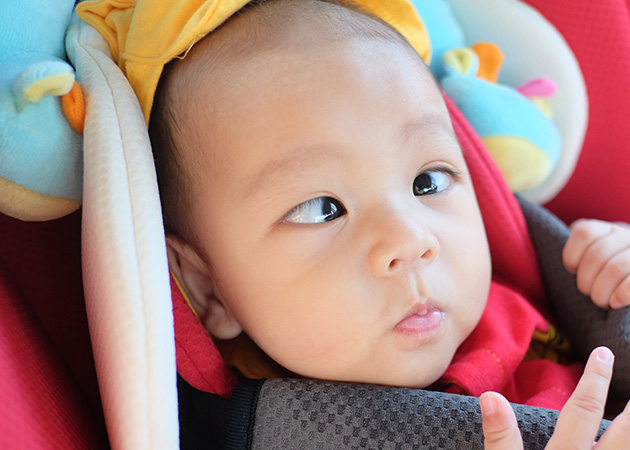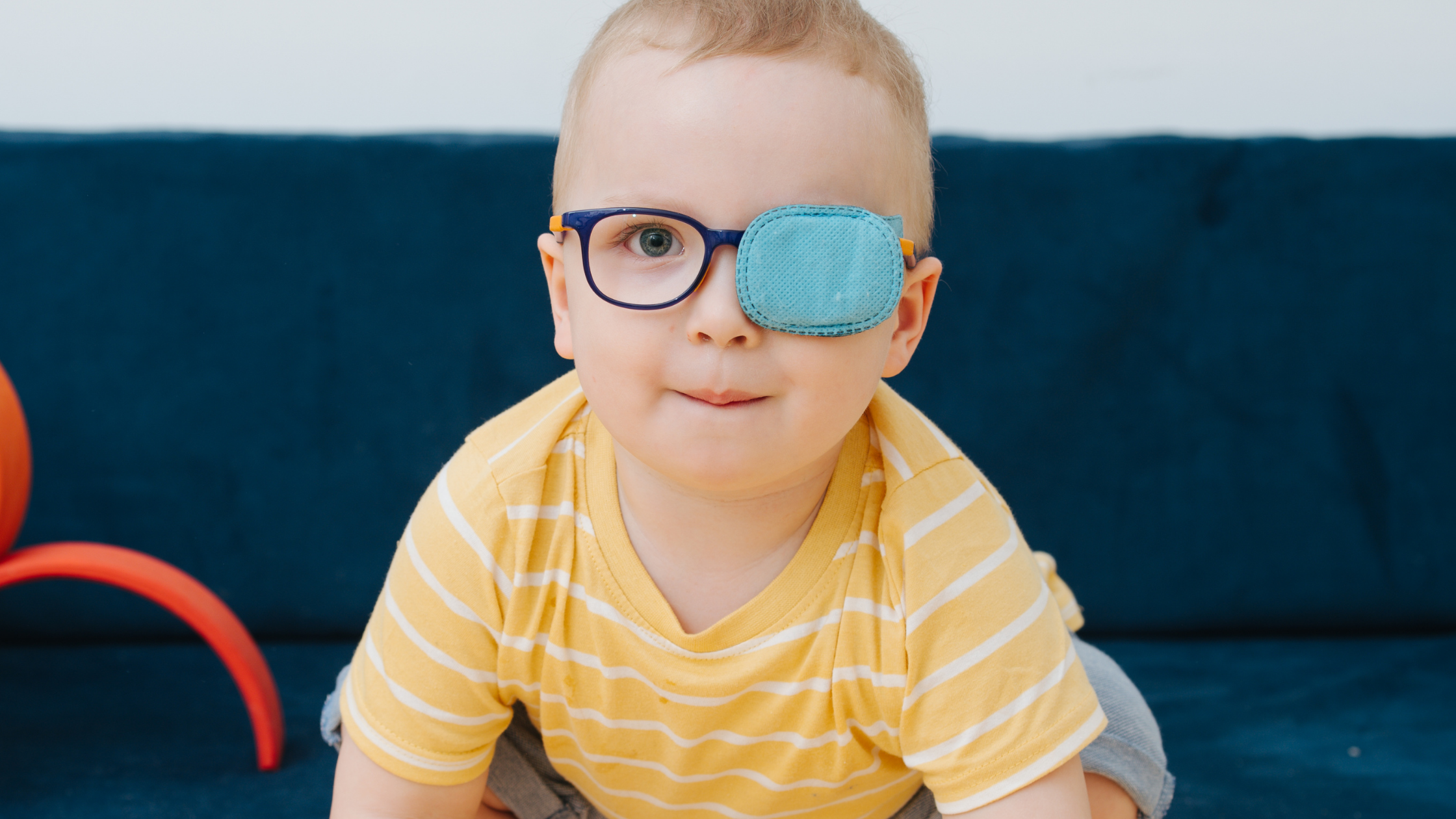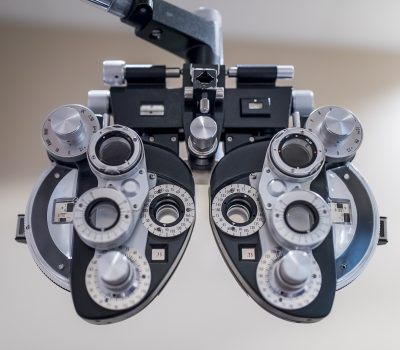Strabismus (Squint Eyes)- All You Need to Know

Strabismus, more commonly known as squint or crossed eyes, is the term used when a person’s eyes do not point in the same direction.
The condition means that both eyes are not able to focus on an object at the same time. The two most common forms of strabismus are esotropia, where the eyes turn in, or exotropia, where they turn outwards (there are some less common forms of squint as well). The signs of squint can become apparent when a child is around six months old, but it can occur later in life too.







